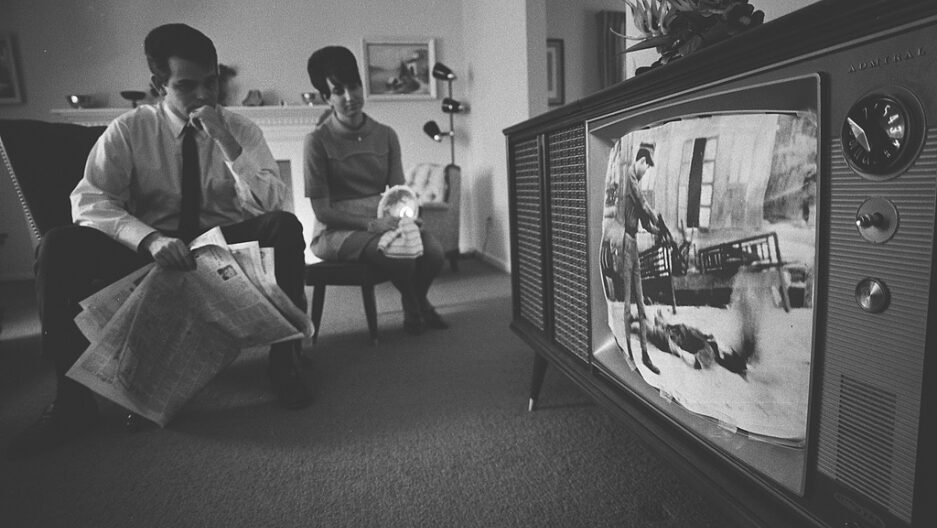
Vietnam - The living room war.
In August 1965, Morley Safer, a reporter for "CBS News," accompanied a unit of U.S. marines on a search-and-destroy mission to the Vietnamese village of Cam Ne. Using cigarette lighters and a flamethrower, the troops proceeded to burn down 150 houses, wound three women, kill one child and take four men prisoner. Safer and his crew
caught it all on film. The military command later claimed that the unit had received enemy fire. But according to Safer, no pitched battle had taken place. The only death had been the boy, and not a single weapon had been uncovered.
In describing the reaction, Safer would later say that the public, the media and the military all began to realize that the
rules of war reporting had changed.
The New Yorker's Michael Arlen
dubbed Vietnam the "living room war." The images of the war - viewed on evening news shows on the country's three networks - enabled the public to understand the war's human costs. In this sense, media coverage contributed to the flow of information that's vital to any functioning democracy, and pushed Americans to either support or oppose U.S. involvement in the conflict.
However, in the country's myriad military conflicts since Vietnam, this flow of information has been largely transformed, and it is now more difficult to see the human consequences of military operations. Despite a digital revolution that's created even more opportunities to transmit images, voices and stories, the public finds itself further removed from what's really happening on the front lines.

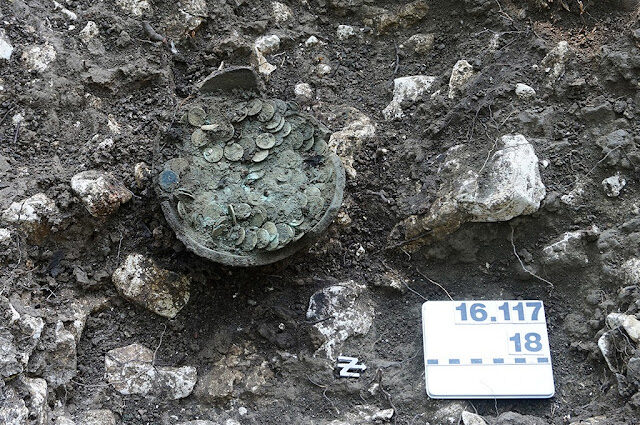

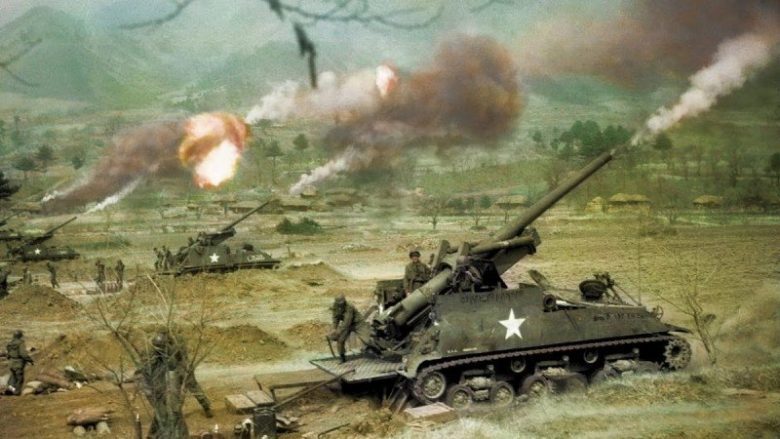
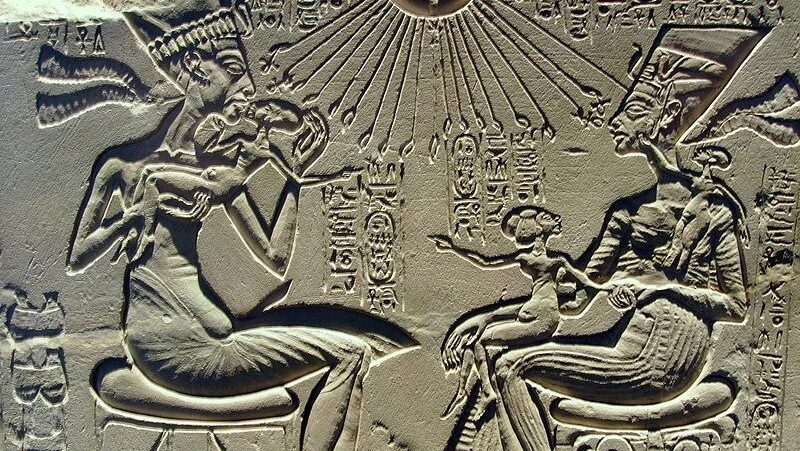
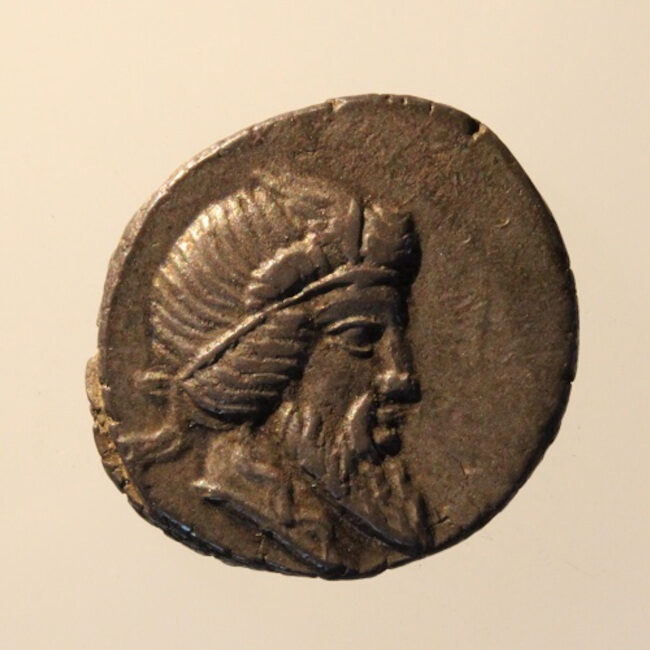
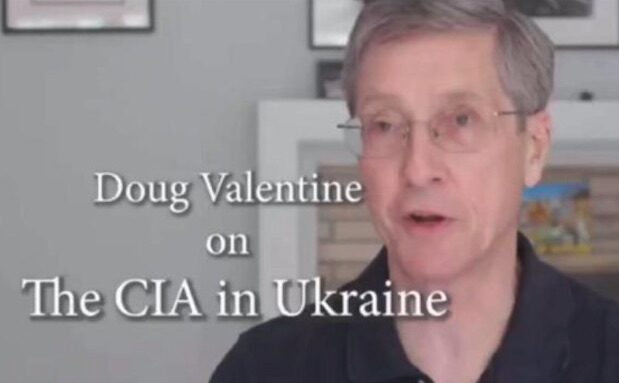
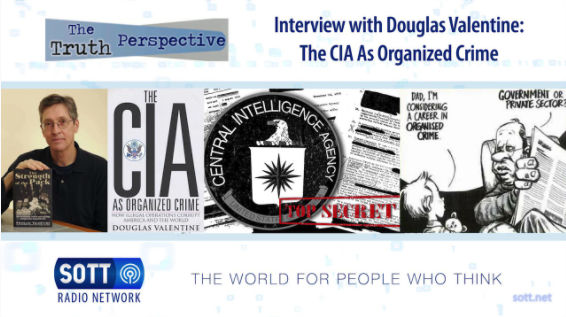
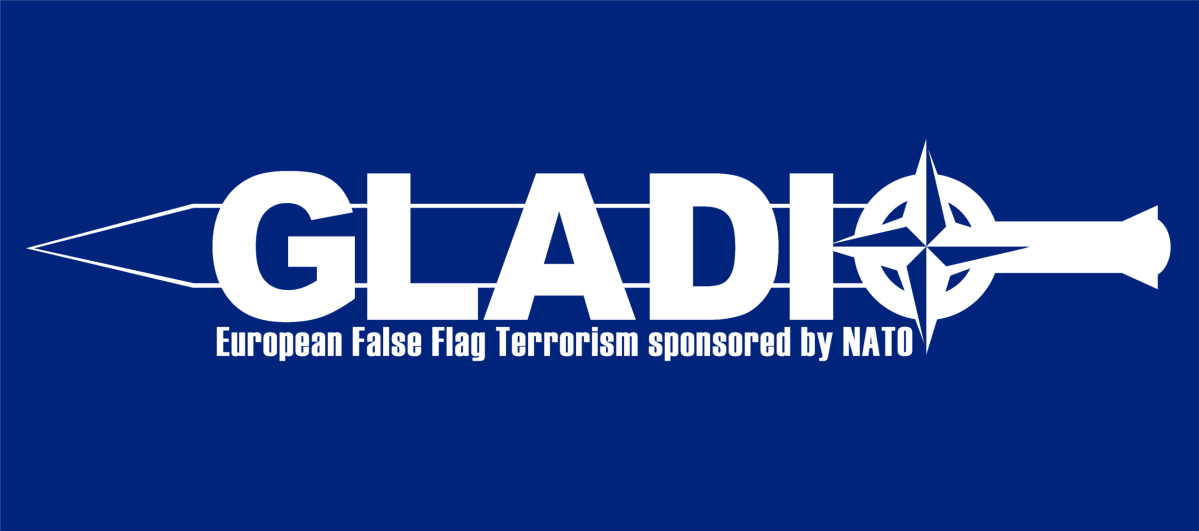
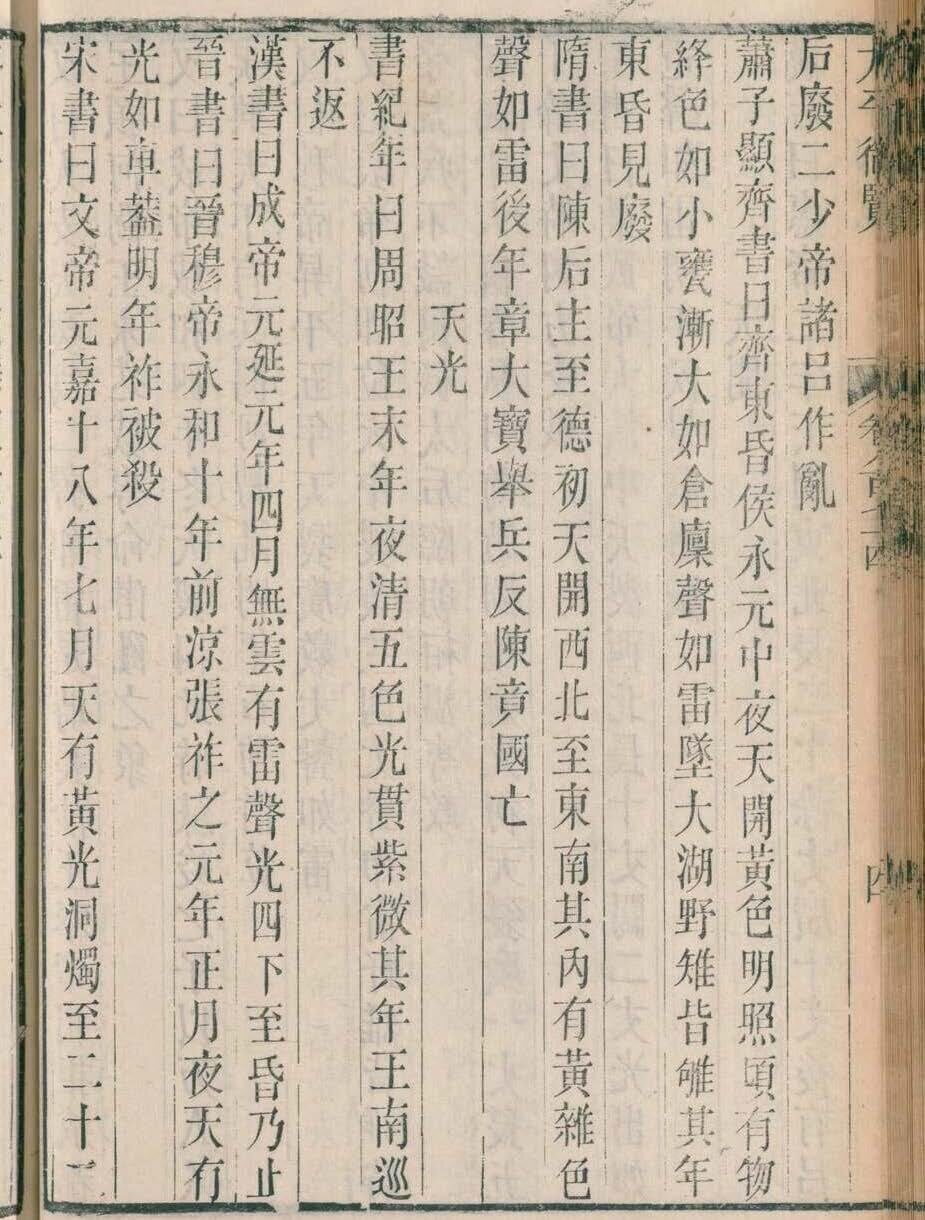




Comment: See also:
- Bronze Age Britons were riddled with parasites but had the finest of fabrics
- 536 AD: Plague, famine, drought, cold, and a mysterious fog that lasted 18 months
- Nits on 1,700 year old Andes mummies shed light on Amazonian ancestry, links with South America's founding lineage
And check out SOTT radio's: